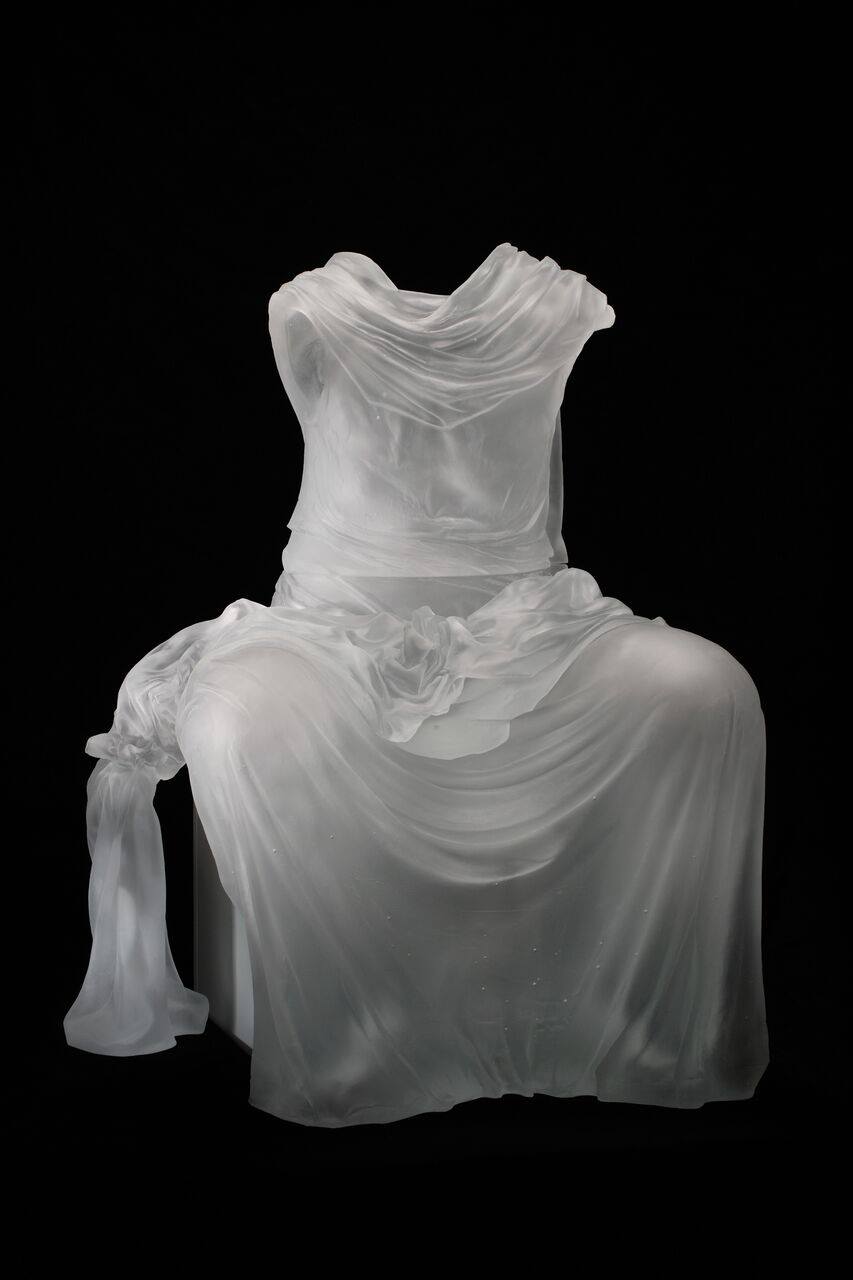Permanent Collection
Cincinnati Art Museum
Cincinnati, Ohio
www.cincinnatiartmuseum.or
The Cincinnati Art Museum recently acquired a magnificent Sanford Robinson Gifford landscape and a timeless glass sculpture by artist Karen LaMonte for its permanent collection.
Gifford’s landscape, The Wilderness, 1861, joins the Art Museum’s permanent collection thanks to a generous donation from a Cincinnati supporter. The painting’s acquisition fills a significant gap in the representation of the Hudson River School, the group of painters of the 19th century who celebrated the majesty of America’s unspoiled scenery. Although influenced aesthetically by European Romanticism and Baroque landscape painting, they formed what was in essence the first distinctively American art movement.
The life-size glass sculpture by Karen LaMonte, Seated Dress with Impression of Drapery, created in 2005, has been added to the Art Museum thanks to funding and an endowment from Nancy and David Wolf. The sculpture presents a dress, worn by a seated female figure. The figure’s body is present only in the negative space within the dress and in the impressions left by the sitter’s torso, knees, legs and feet underneath the graceful, semi-translucent drape of the glass dress. In this way, the piece evokes timeless themes of presence, absence, personal image, space and transience.
“The Cincinnati Art Museum’s collection of nearly 66,000 artworks gives us the opportunity to tell the story of the power of art across 6,000 years of world cultures and history. The Gifford artwork is immediately of tremendous importance to our American collections and will become a favorite of all,” said Kitchin. “The LaMonte sculpture is a rare early example from a leading contemporary artist working in glass. We are fortunate that Seated Dress will call Cincinnati home.”
Credits: Karen LaMonte, Seated Dress with Impression of Drapery, 2005, cast, sandblasted and etched glass, The Nancy and David Wolf Collection, 2016.2, ©Karen LaMonte. Photo Credit: Martin Polak




